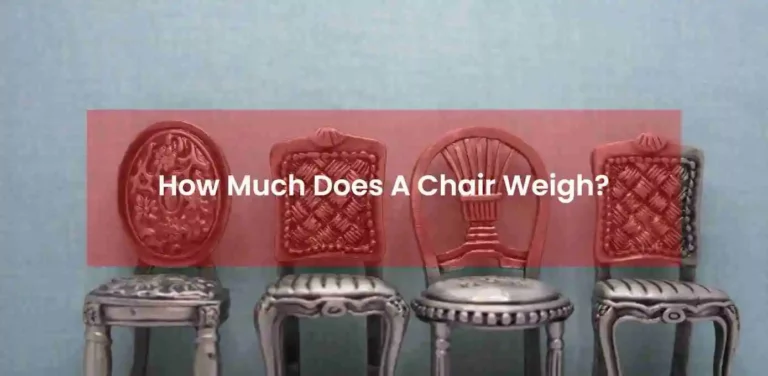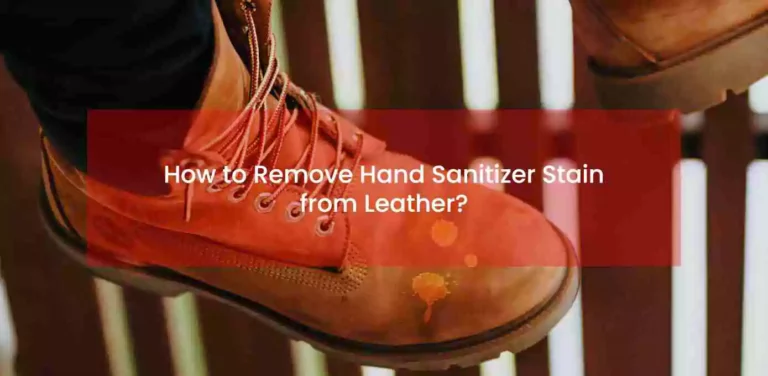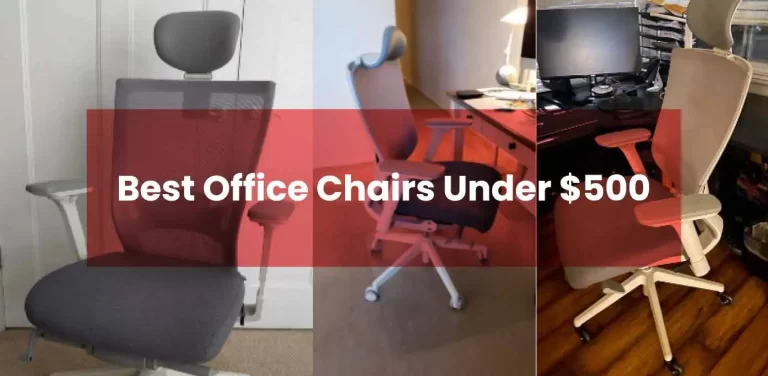Like other factors, upholstery is a crucial factor to be considered while choosing a chair. It has not only cosmetic effects on your furniture but also on your health and overall working progress. This guide will discuss all the important features of upholsteries, the advantages, and disadvantages, etc.
Choosing the right upholstery will help you save from future problems. The majority of users make decisions only considering the cosmetic touch, which has been discouraged by professionals. Before you make a final decision, read on to understand what you should consider in terms of comfort, design, and durability.
First things first: What is upholstery? Upholstery is a material that makes up the soft covering of furniture like chairs, sofas, recliners, etc. The most common material used as upholstery includes padding, fabric, leather, webbing, springs, PU foam, etc.
Type of Upholstery
Fabric and leather are the two most common types of upholstery.
Fabric Upholstery
The fabric upholstery includes two different types of fabric; Natural fabrics and Synthetic fabrics.
Natural Fabrics
The most common natural fabrics include cotton, wool, silk, etc. Such fabrics are derived from plants and animals. These fabrics are more user and environment-friendly and durable.
Cotton
Such a fabric has been found the most user-friendly fabric. Being a chemically organic product, it does not contain any synthetic compound. The 100% natural fabric derives from cotton seeds. It is famous for its exceptional breathability and lightness.
The water absorbent feature makes the cotton an ideal fabric during hot and moist weather. The fabric with excellent air circulation and moisture-absorbent features will keep the body cool during prolonged sitting sessions.
Regarding durability, cotton has been found more durable than silk and less durable than wool. Being a soft fabric, it has a tendency to pill, rip and tear. This fabric has a natural coloring of white or slightly yellowish.
Pros
Cons
Wool
We start thinking about sheep when we talk about wool. In fact, wool has different variations that derive from different animals.
The wool has insulative features. If compared with other fabrics, it is highly flame resistant. In contrast to cotton, wool has heat-trapping properties, making it the best fabric during winter.
The wool upholstery is highly durable and can last for years. An average wool fiber can bend up to 20,000 times before it breaks. The springy and resilient fibers keep the wool in shape even if you sat on it for long period. The wool upholstery looks luxurious for years without wrinkling and creasing.
Pros
Cons
Silk
Silk upholstery has been found one of the most luxurious and expensive ones. Its elastic fibers can be stretched from 10%-20% of its original length. The slippery nature of its fibers makes it safe from dirt.
The lightweight shiny fabric has high tensile strength and its fibers cannot be damaged/torn easily. Due to good absorbency, you will be able to use it both in the summer and winter seasons. The soft fabric has the tendency to retain its shape, even after having been stretched.
Compared with other fabrics, silk upholsteries are less common among users.
Pros
Cons
Synthetic Fabrics
While polyester, rayon, acrylic fibers, etc fall in the category of synthetic fabrics. Being man-made products, these fabrics come with unique features like stain resistance, water resistance, etc.
Polyester
Upholstery made of polyester cost much less than other types of fabrics. It is not only a low-budget choice, but it also offers a great level of durability. Such upholstery has the ability to withstand abrasions and other damages.
Such upholstery offers more resistance to stains and spillage, making it ideal for kitchen and dining chairs where there are more chances of spillages. Polyester does not boost air circulation like a natural fabric.
Pros
Cons
Rayon
Rayon proved one of the most challenging fabrics. It has almost no resilience, i.e. it is incapable to recover from crushing, which happens when someone sits on it. Very few chairs have rayon-base upholstery.
The fabric is soft as silk and is often referred to as artificial silk. The beautiful and luxurious-looking fabric is highly comfortable.
Pros
Cons
Acrylic fabric
The acrylic fabric serves as an artificial alternative to wool. The fabric is known for its warmth and insulation properties. It is highly durable and easy to maintain.
The lightweight fabric has hydrophobic qualities. It is soft, resilient, and dries quickly. The heat retention feature makes it one of the ideal fabrics for the winter season.
Pros
Cons
Leather Upholstery
Leather upholstery is also more popular among a variety of users. It may be made of natural leather or synthetic leather.
Natural Leather
Such leather derives from the tanned hides of different animals, especially cowhides. It has more price than a synthetic one. The quality and price vary depending on different factors whether the leather has full-grain patterns, embossed-grain leather, or is it bonded leather.
The leather adds a natural and luxurious look to your chair. It requires less effort to maintain. Leather does not absorb water easily. It has been found sensitive to hand sanitizer. Leather is bad for air circulation, especially in hot and moist conditions. If you sit for long periods, you must avoid the leather upholstery as it blocks air circulation, resulting in sweating and annoying situations.
Pros
Cons
Synthetic leather
It has many other names like faux leather, leatherette, etc. Synthetic leather looks like natural leather. Being made of plastic, it comes in a wide variety of colors, textures, and finishes. As a man-made product, it comes with a number of applications.
Such leather is highly durable and can last for years. Unlike real leather, such leather has more resistance to stains and UV light. This leather offers plenty of choices in color, texture, design, etc. Due to the lack of breathing quality, synthetic leather is not recommended for long-period sitters.






